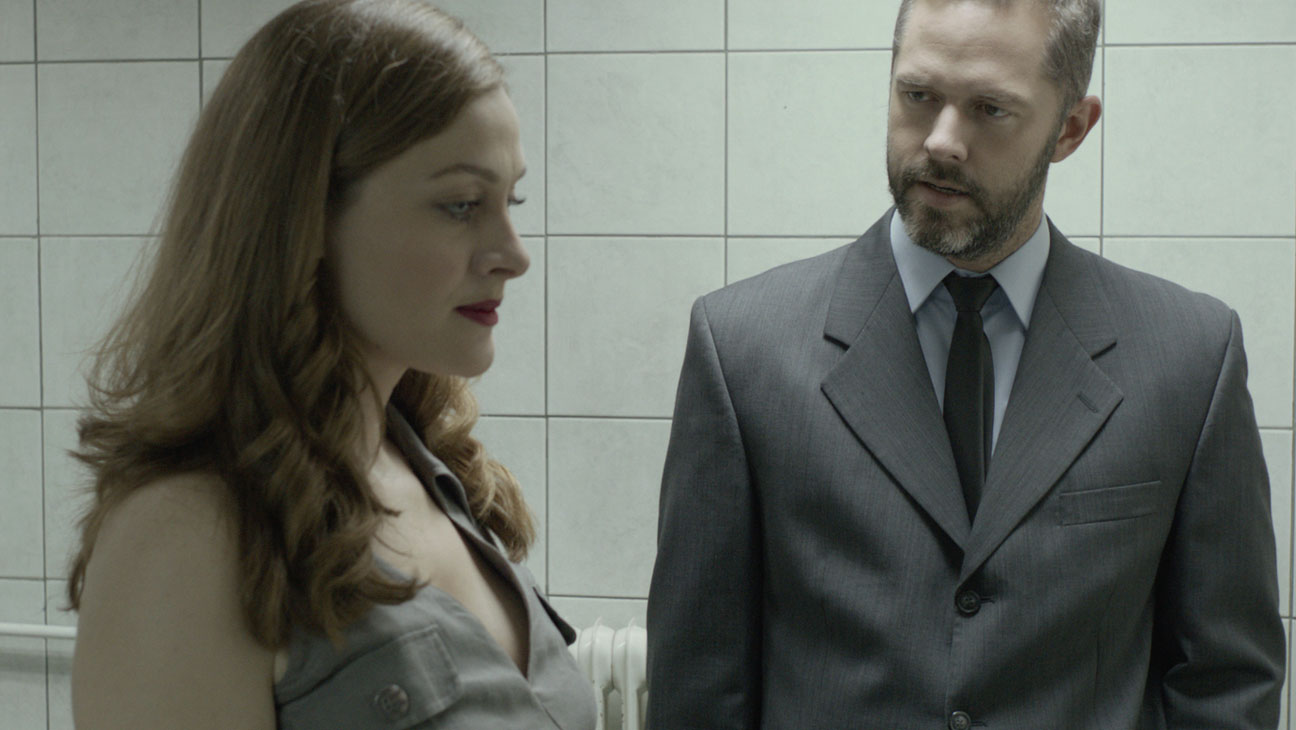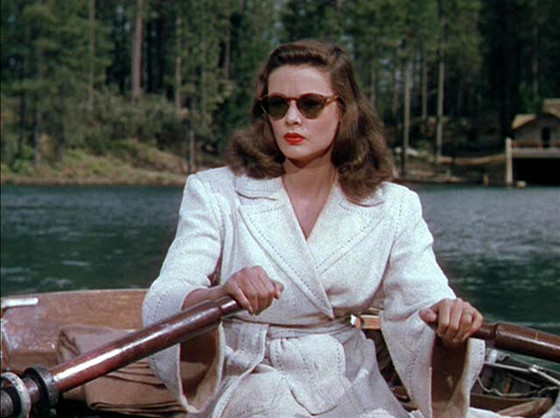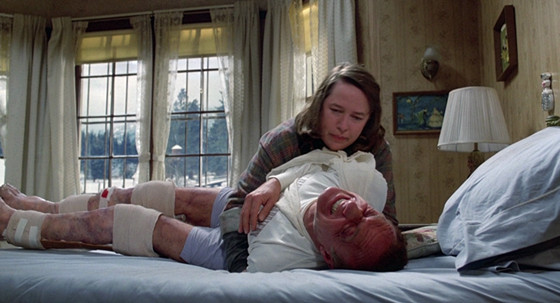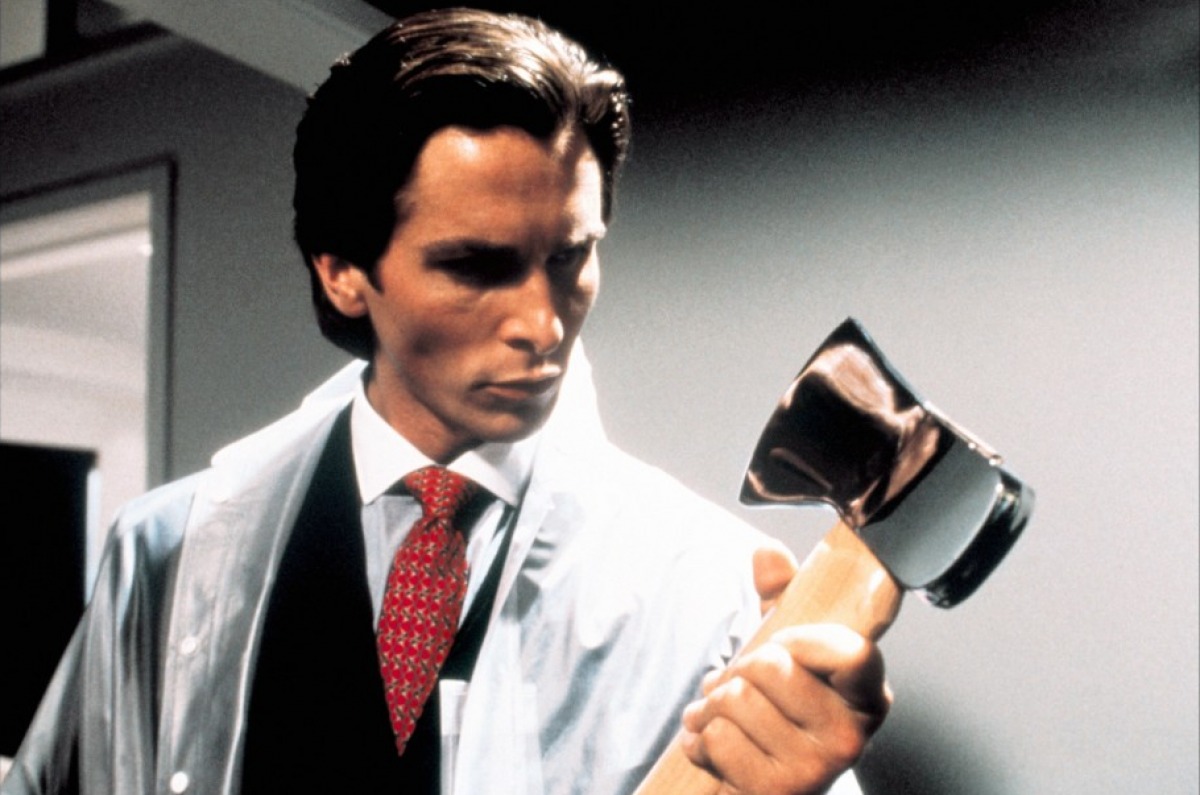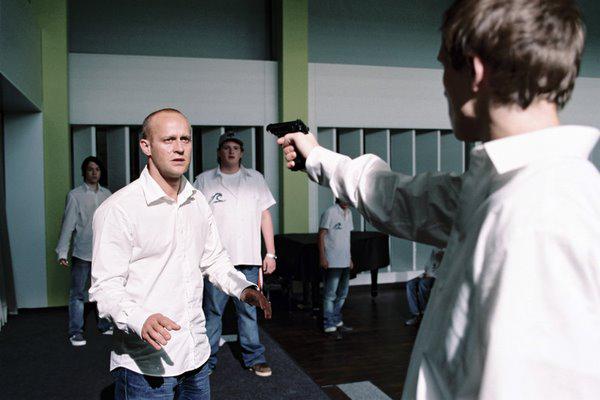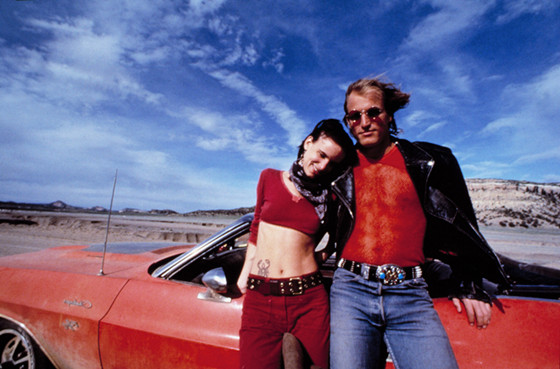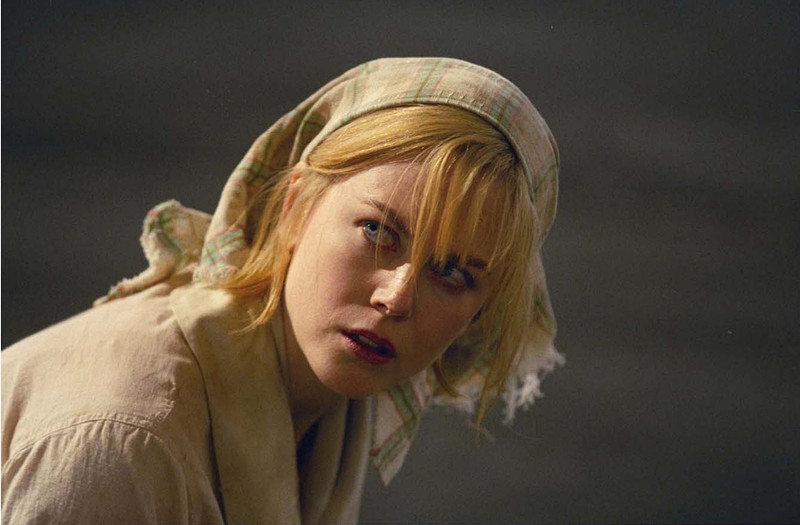
The depiction of ‘evil’ is oddly usual in all forms of art. It is a rather unpleasant subject, yet people always seem to be fascinated by how complicated it is to explain evilness in human nature. It is a concept that has been analyzed through religious beliefs, social standards or various psychological states. It seems that the origin of evil can vary and it is always a puzzling mystery to people.
In literature, cinema and other forms of art we encounter many illustrations of evilness in humanity. The following films all portray “evil” – in many different ways – characters. Interestingly enough, people often seem to identify and sympathize with some of them.
15. The Reader (Stephen Daldry, 2008)
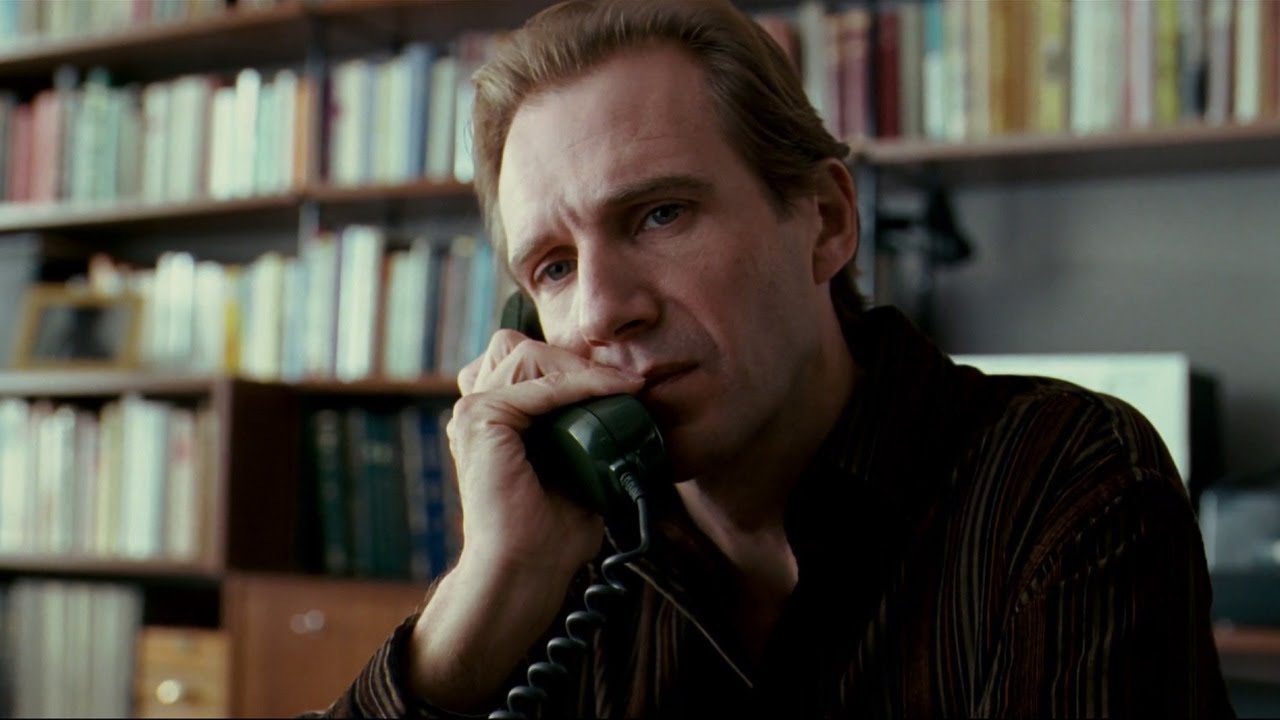
In post war Germany, 15-year-old Michael meets Hannah, a woman twice his age. They become lovers and spend a lot of time with each other. Michael starts reading books to her and their relationship becomes deeper. But one day, Hannah mysteriously disappears. Eight years later, Michael is a law student and meets Hannah again as she defends herself in a Nazi war crime trial.
A complicated film about the intense relationship between two seemingly non-matching people, the lifelong consequences of one’s actions, the guilt that follows and the banality of evil. Many decades later, people are still troubled by this dark period of history, the incomprehensible subject of the Holocaust. A subject filled with questions that are difficult to answer. How could so many people be led to such violent actions? How could the world knowingly allow millions of men, women and children be sent to their death daily?
Hannah is an uneducated woman who played a small part in this crime. However, it is undeniable that she did know what was going on and willingly followed the orders that were given to her.
This is exactly what constitutes the theory about the banality of evil. Massive crimes like that are not committed by one evil person or a small group of evil people. They can be just as easily committed by thousands of people who play small but important parts in evil actions. After all, people blame Hitler for the Holocaust, but he would have never made it happen by himself.
14. Miss Violence (Alexandros Avranas, 2013)
The film opens with an 11-year-old girl jumping off the balcony to her death on her birthday. Her family insists it was an accident, not suicide, but authorities investigate her death. Meanwhile, it becomes clear that the members of the family are always under the absolute control of the father, who is practicing a form ‘family dictatorship’. Soon, the terrible secrets in this family are revealed.
The members of the family hardly ever leave their apartment. They appear to be almost imprisoned and in total denial of the painful reality in their home. The father has set up a horrible ‘business’ out of his family and they seem too numb to react. Before the secrets are revealed, the film is prevailed by a sense of mystery which, after the revelation, is immediately replaced by a claustrophobic and suffocating feeling of horror.
Miss Violence is a rather shocking film because of its disturbing subject. However, it is undoubtedly daring and expertly crafted. A brilliant example of the cold, detached ‘new Greek’ cinema.
13. Leave Her to Heaven (John M. Stahl, 1945)
Richard and Ellen meet on a train and soon they fall in love and decide to get married. As their married life goes on, Ellen is extremely jealous of her husband and her obsessive love for him is quite similar to the love she had for her dead father, who Richard resembles. She doesn’t want Richard to spend time on anything else but her and resorts to murderous schemes against anyone distracting her husband.
Naturally, viewers can dislike Ellen’s character but at the same time feel sorry for her. Her loneliness and insecurity are obvious throughout the film. She desperately seeks love and attention from people around her and she replaces her beloved father with Richard. Her love for him becomes so possessive and obsessive that she considers any other person an enemy to their relationship.
She doesn’t even want to have children with him because she knows that the children would distract him. She eventually becomes capable of doing anything that will keep everyone away from him.
Leave Her To Heaven is a combination of two film genres very common in the 40’s, film noir and drama. The dramatic elements of the story are perfectly combined with a dark sense of mystery. A very underestimated and unique film.
12. Misery (Rob Reiner, 1990)
Based on Stephen King’s novel, Misery is about Paul Sheldon, a writer who is rescued from a car crash by Annie Wilks, a former nurse and obsessed fan of his book series, Misery. Annie keeps Paul in her house in the mountains without informing anyone about it and gradually it becomes clear that she doesn’t intend to let him go. When she finds out that Paul has killed off her favorite heroine, Misery, she will have a really violent reaction.
The film’s strongest asset is Kathy Bates’ great performance and her character’s development. Annie is obviously unstable but her actions seem to be motivated by obsession and an odd combination of love and hate towards Paul. She is convinced that, after having met Paul, she is not only obsessed with his books, but she is also in love with him. At the same time, she has extreme outbursts of anger and is willing to try anything that will help to prevent him from leaving.
A great horror film and one of the best films based on Stephen King’s novels.
11. American Psycho (Mary Harron, 2000)
Patrick Bateman is a young man working on Wall Street. He always seeks perfection in his work, his life and in his own self. He tries to be very successful at his work. He goes to perfect stylish places wearing perfect stylish clothes. He works out every day and takes good care of his appearance. He also murders people almost on a daily basis.
Bateman is an excellent example of how being a male in today’s society is all about status. He is completely narcissistic and obsessed with appearances and material belongings. He only tries to validate his existence through good looks and success and becomes extremely competitive – he actually loses his mind when he realizes that his co-worker’s business card is better looking than his own. It is, of course, quite clear that this character is absolutely incapable of love and any genuine emotion. In fact, the only thing he seems to feel about people is disgust.
An interesting feature of American Psycho is contrast. The film is filled with images of perfect surfaces, beauty and symmetry. These cold, almost Kubrickian images stand in stark contrast to all the outbursts of violence and the gory killings. The same goes for Christian Bale’s performance, which alternates between total calmness and extreme violence.
10. The Wave (Dennis Gansel, 2008)
The Wave is based on a teacher’s social experiment called The Third Wave in 1967, in California. The film takes place in a German school where a teacher decides to show students how easily people can be misled into fascist beliefs and actions. He introduces strict rules and discipline in his lessons and urges the students to wear uniforms, have a certain salute and a logo. Within a week, students spy on each other and try to impose the rules on the ones not willing to follow. The teacher’s experiment, however, will have some unexpected consequences.
The Wave is an excellent depiction of how evil can derive from certain innate elements of human nature. Individuals seem to feel the need to belong to a certain group of people and share common beliefs. Even if the individuals are separately weak, this unity is what makes them stronger as a team and therefore more efficient.
People always tend to look for big ideas to believe in. It can be anything, not necessarily fascism. But, while many consider fascism as a dark part of history, this experiment and this film based on it, demonstrate how easily this hatred and infringement of democracy can happen again, not only in Germany but possibly anywhere.
9. Natural Born Killers (Oliver Stone, 1994)
Mickey and Mallory are lovers and serial killers. They travel across Route 666 murdering people with no reason at all, just for fun. The media glorify their actions and present them as a legendary couple.
The film tells a story quite similar to Badlands – and many other films. A road movie about a couple on the run, loving each other and killing everyone else. But this story is told here in an entirely different way. The story unravels in a hectic and frantic pace and the violence is stylized. It follows the 90’s style, mostly introduced by Tarantino, which glorifies the violence and uses it as a most exciting element in a film. The main “evil” characters here are madly in love and don’t seem to care about anyone else but each other. Scenes filled with blood and murders are strangely combined with romantic moments of the couple.
There is a great sense of irony in Natural Born Killers. It criticizes the glamorous way in which the media present violence in society today and at the same time, it is itself such a glamorous depiction of violence. However, it is definitely entertaining, memorable and amazingly directed. A love-it-or-hate-it kind of film.
